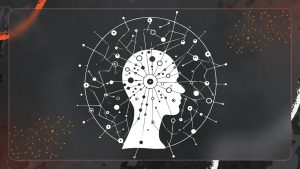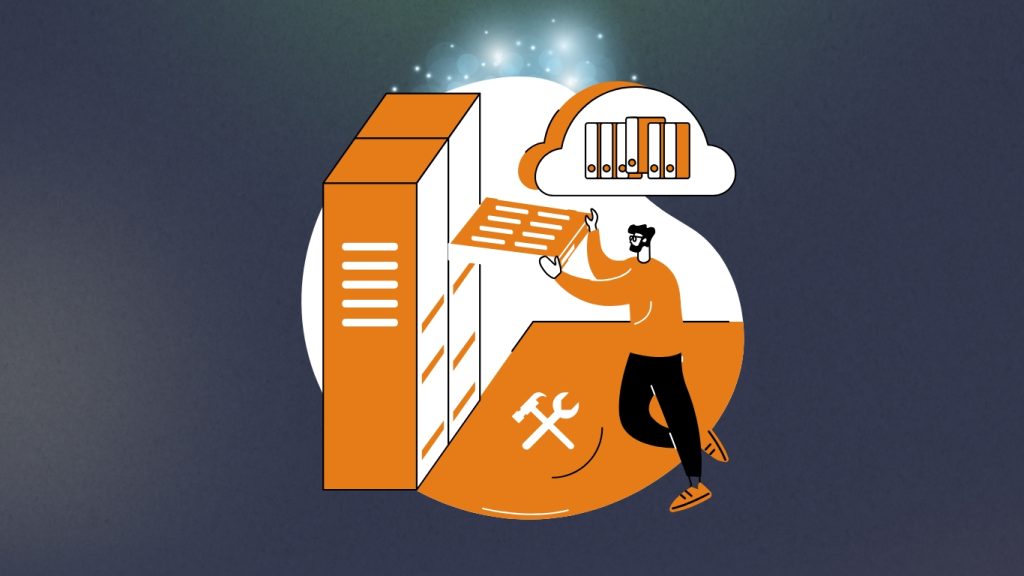
Businesses don’t simply compete on costs and products anymore; they now compete on how quickly and precisely they can make judgments. Data is the gasoline, but if you don’t know where to go, it’s like having a full tank and no map. This is where AI that predicts comes in. Predictive AI helps businesses get from guessing to knowing by finding patterns in huge datasets. It turns raw numbers into useful actions.
Let’s look at how predictive AI works, where it is utilized, and why it is soon becoming the main way that smart firms make decisions.
What is Predictive AI?
Predictive AI is a type of artificial intelligence that looks at past data and uses algorithms to guess what will happen in the future. It doesn’t only say what happened (like regular analytics); it also says what is likely to happen next.
It’s like the difference between a weather forecast that says, “It rained yesterday,” and one that says, “There’s a 70% chance of rain tomorrow.” For organizations, being able to predict trends, behaviors, and dangers leads to smarter choices.
How Predictive AI Works
At its core, predictive AI follows a process:
-
Data Collection – Gathering information from different sources: sales records, customer interactions, supply chain systems, sensors, and more.
-
Data Cleaning & Preparation – Filtering out errors, duplicates, and irrelevant noise to make datasets reliable.
-
Model Training – Machine learning algorithms are trained on historical data to detect recurring patterns.
-
Prediction & Forecasting – The trained model generates predictions about future events, such as demand spikes, equipment failures, or customer churn.
-
Continuous Learning – As new data flows in, the AI refines its predictions, becoming smarter over time.
This cycle ensures that decisions aren’t static but evolve with the market’s changing dynamics.
Real-World Applications
Predictive AI is useful in several fields:
1. Stores and online shopping
Predictive AI may look at a customer’s browsing history, buying habits, and seasonal demand to guess what they will buy next. This not only helps businesses sell more by giving them specific recommendations, but it also helps them keep track of their stock better.
2. Health care
Hospitals utilize predictive AI to guess how many patients will come in, find early indicators of illnesses, and assign personnel depending on how many patients they think they will need. For instance, predictive algorithms can find patients who are at high risk of developing issues, which lets clinicians step in sooner.
3. Money and banking
Banks use predictive AI to find fraud by looking at strange spending trends in real time. It is also used to score credit, make predictions about investments, and even keep customers.
4. Making things and getting them to people
Predictive maintenance is when predictive AI helps anticipate when equipment will break down before it happens. It also makes logistics better by forecasting spikes in demand, cutting down on downtime, and lowering operating expenses.
5. Marketing and the Customer Experience
Predictive AI helps organizations figure out what customers want by using things like customized ads and churn prediction. For example, it may figure out which consumers are most likely to cancel a subscription, which gives businesses a chance to get them back by offering them personalized deals.
Why Predictive AI Matters

Implementing predictive AI isn’t just a technology upgrade; it’s a competitive strategy. Here’s why:
-
Proactive Decision-Making – Instead of reacting to problems, companies can anticipate and prevent them.
-
Efficiency & Cost Savings – Accurate forecasts reduce waste, optimize resources, and cut unnecessary expenses.
-
Improved Customer Experience – By predicting customer needs, businesses deliver more personalized, timely services.
-
Reduced Risk – Predictive models identify potential threats before they escalate into bigger issues.
-
Faster Insights – What used to take analysts weeks can now be processed by AI models in seconds.
Challenges to Keep in Mind
While predictive AI is powerful, it’s not without challenges:
-
Data Quality – Poor or incomplete data leads to inaccurate predictions.
-
Bias in Algorithms – If the training data is biased, the AI may make skewed predictions.
-
Implementation Costs – Advanced AI systems require investment in infrastructure and talent.
-
Interpretability – Sometimes AI outputs are a “black box,” making it hard to explain how a decision was reached.
Businesses that address these hurdles through transparency, strong data governance, and ethical frameworks are more likely to succeed with predictive AI.
The Future of Predictive AI
As technology becomes better, predictive AI is changing from just predicting what will happen to prescriptive AI, which not only predicts what will happen but also tells you what to do. Think about an AI system that not only sees that there will be a lack of supplies, but also suggests the best provider to get them at the lowest cost.
Predictive AI will keep making it harder to tell the difference between data and judgments as natural language processing, edge computing, and real-time analytics get better. Companies who embrace it early will have a long-term advantage in being flexible, keeping customers, and making money.
Conclusion
Predictive AI gives us clarity at a time when nothing is definite. It gives businesses the power to go from reacting to problems to making decisions ahead of time, which makes them more efficient, lowers risk, and leads to better results for both enterprises and customers.
The question is no longer, “Should we use AI to predict things?” but instead, “How quickly can we put it into action to stay ahead?” Those who can envision tomorrow today will always be ahead in the race from data to choices.
Published: September 25, 2025







